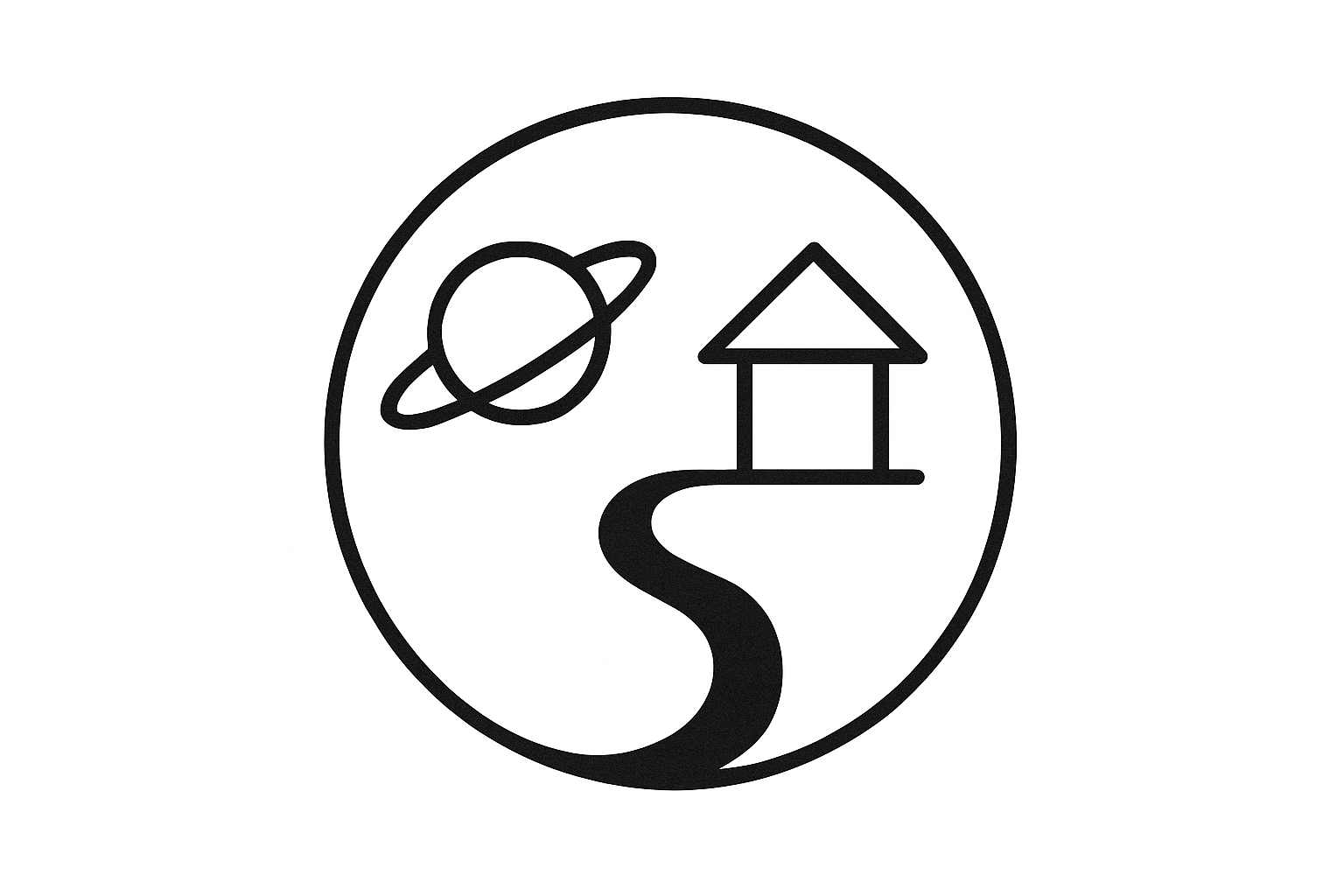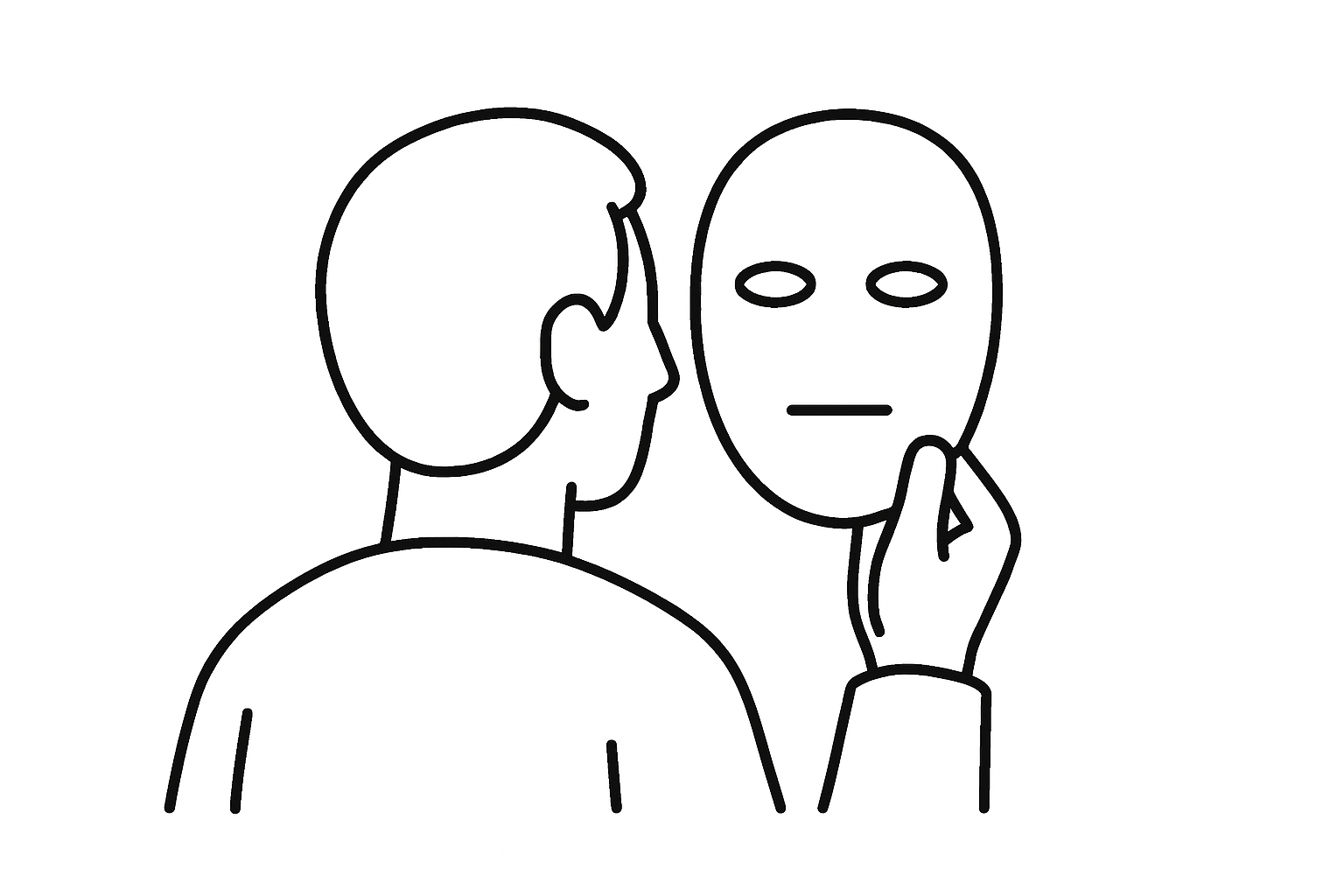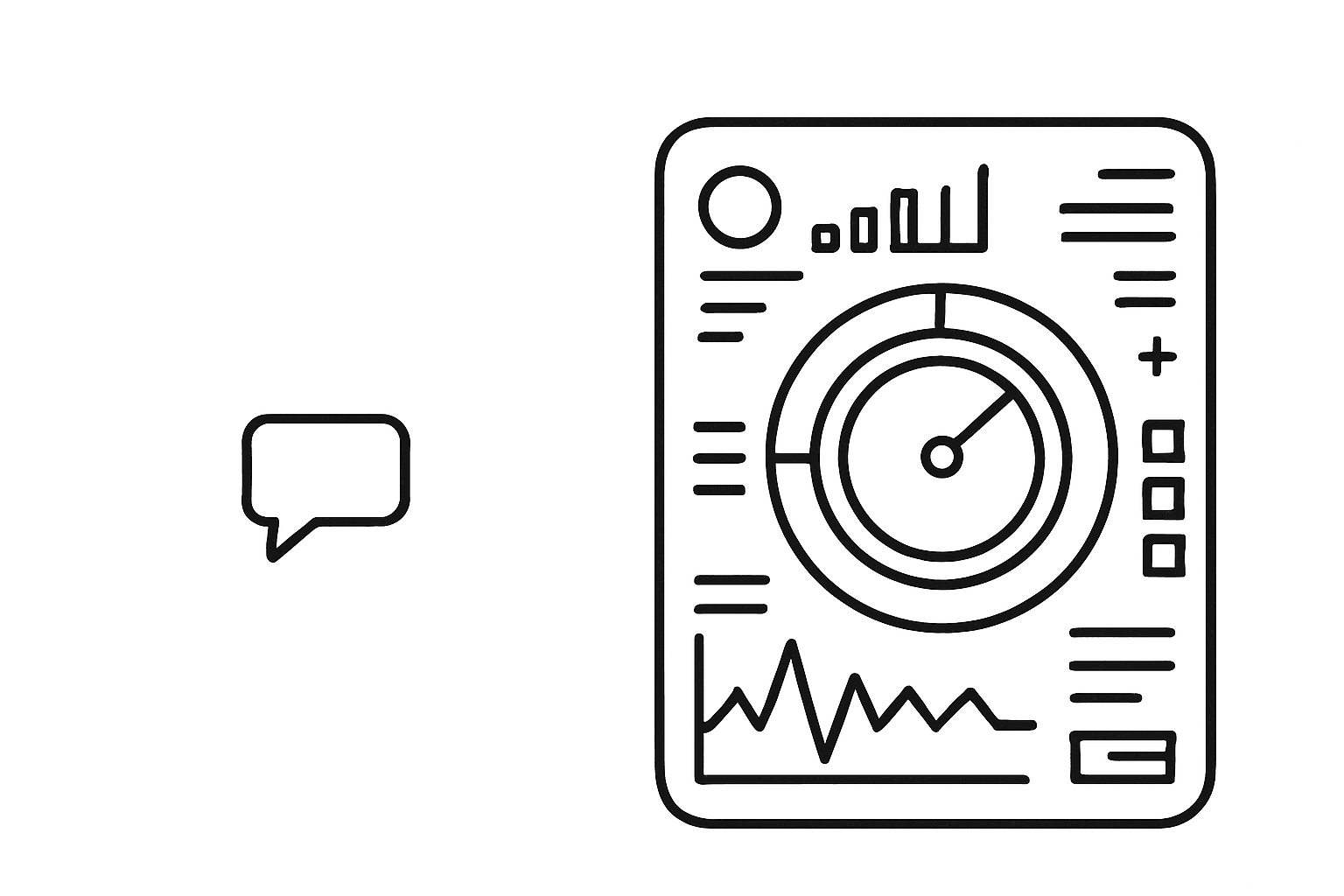Most of what I know and do was learned by doing things and taking chances. Not just reading about concepts or watching tutorials, but diving in and creating something tangible. A personal website, a small web app, a music project, a design experiment. Each project taught me something new—a programming language, a design principle, a creative technique.
The abundant time and energy of youth made this possible. I could afford to be “wasteful” with my time, pursuing curiosities that might lead nowhere, building things just to see what happened. These seemingly frivolous endeavors created invaluable experience and shaped how I think about problems. A great many led to commercially successful ventures even.
But as life evolved, those projects became fewer and farther between. Responsibilities grew. Work became more demanding. The overhead of starting something new felt heavier. The payoff also got smaller relative to the effort as my knowledge and experience grew. The time to research, set up environments, debug issues, and iterate meant I had to be diligent with how I spent my time.
The Learning Tax
It wasn’t just about time, though that was part of it. It was about the cognitive load. When you’re juggling a career, family, and the daily maintenance of life, the mental energy required to learn something completely new—especially something technical—can feel overwhelming. The setup alone could kill momentum before it started. A lot of my learning has shifted to learning through team efforts, which is valuable but different from the solo experimentation that shaped my early understanding.
I’d find myself thinking: “I’d love to try building that, but I don’t have time to figure out the framework, set up the environment, debug the inevitable issues…” And so the idea would fade, replaced by more immediate concerns.
The AI Unblocking
Now AI tools are genuinely useful. Not just for generating content, but for reducing the friction of experimentation. I can ask for help with setup and configuration, get debugging assistance when things break, generate boilerplate code to get started faster, get explanations of concepts I’m unfamiliar with, and iterate on ideas without getting stuck on implementation details.
The overhead that was blocking me is dramatically reduced. I can focus on the learning and the building, not the plumbing.
Back to the Joy
Recently, I built dxc4.com mostly as a project to illustrate this way of working to a friend. I finally used WebAssembly to run Stockfish (the chess engine) directly in the browser with zero server costs. In the past, this would have taken me days of research, setup, and debugging. With AI assistance, I had a working prototype in a few hours. More importantly, I had that feeling again—the excitement of learning something new, the satisfaction of solving a problem, the joy of creating something genuinely useful to me.
It felt like a time long ago, when learning was more about curiosity and less about efficiency. When I could afford to experiment, to fail, to iterate, to discover.
The Choice Remains
But here’s the thing: AI hasn’t eliminated the need for judgment. If anything, it’s made it more important. The question I feature at the top of this blog becomes even more relevant: “Of all the things you can now do, which do you choose to do?”
The barrier to entry is lower, but the responsibility to choose wisely is greater. With less friction comes more temptation to chase every shiny new thing. The discipline of focus becomes even more valuable.
I’m grateful for this unblocking. It’s restored something I had to do more selectively—the ability to learn by doing, to experiment freely, to build things just to see what happens. But I’m also mindful that the real skill isn’t just in the building, but in choosing what’s worth building.
The tools have changed, but the fundamental challenge remains the same: knowing what to learn, what to build, and what to let go.
I used to believe that ideas are cheap and execution is everything. Turns out now both are cheap. So are you experimenting?


